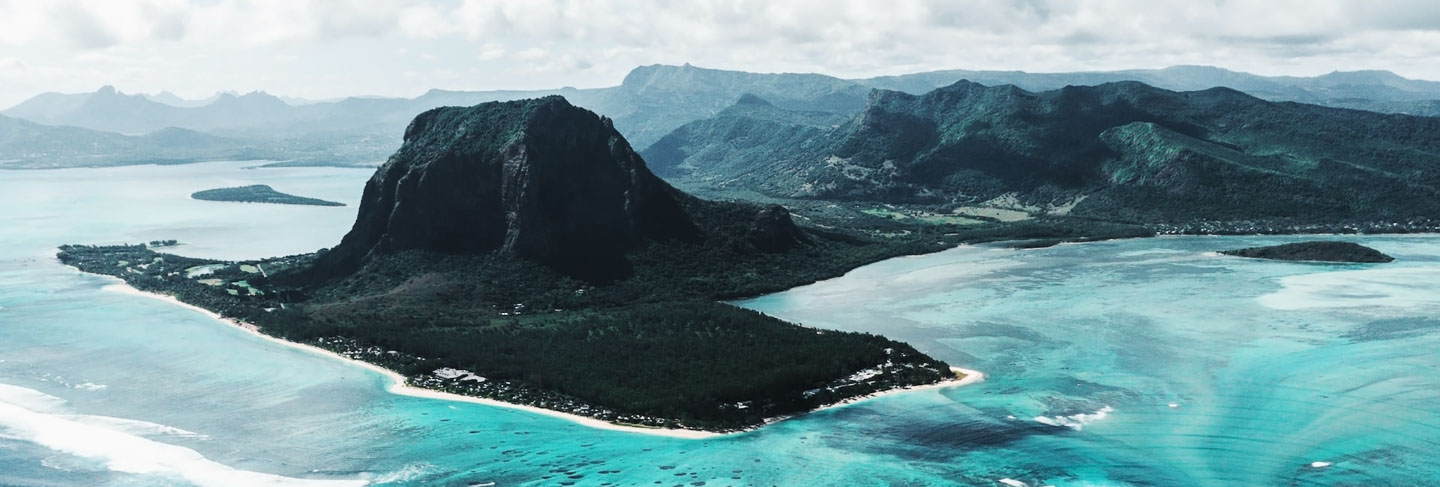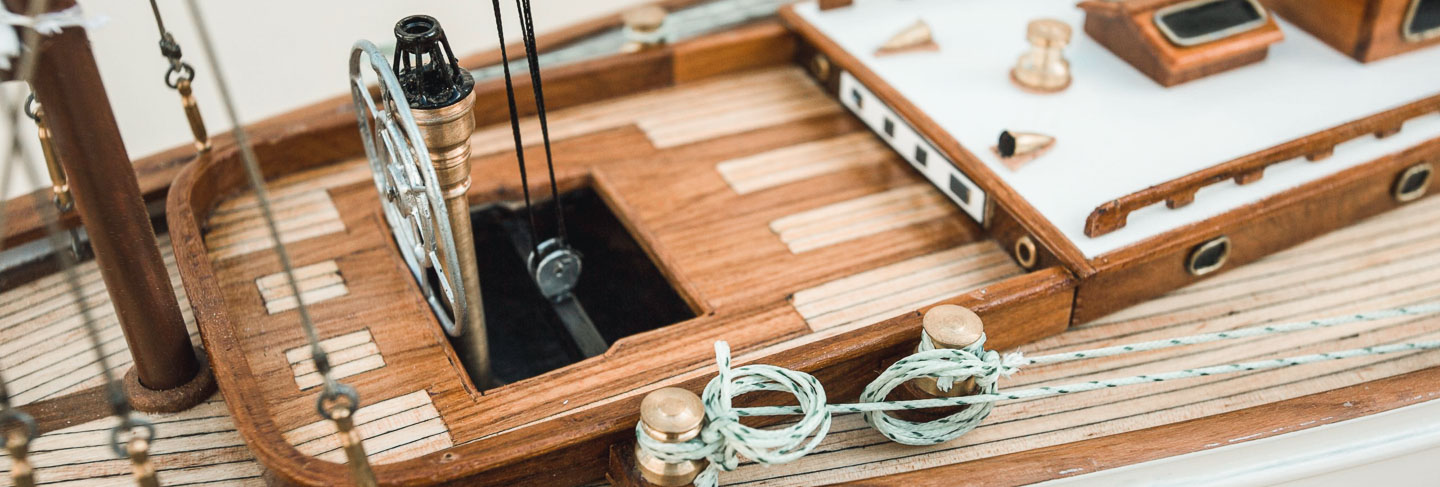Turquoise waters, fine sandy beaches, and exceptional wildlife are all aspects that characterize Mauritius. However, what best defines this little corner of paradise is its ethnic diversity and cultural heritage. It was born of a sulphurous colonial past, but today has become a multicultural society with widely varying religions and traditions.
Mauritius was born ten million years ago as a result of an underwater volcanic eruption. The mountain range from Port-Louis to Moka is the largest remnant of this eruption: it is the biggest volcanic crater on the island.
This small piece of land of 2000 square kilometres was discovered by the Portuguese in 1510 and was first named the island of Cirne. The name Mauritius as we know it today was given by the Dutch prince, Maurice de Nassaus when the Netherlands took possession of the archipelago from the Portuguese in 1598.
In 1715, the French conquered the island and renamed it Île-de-France. Then, the port of Port-Louis was built, and the city of Port-Louis became the capital of the island.
The defeat of the French against the English during the battle of Cap Malheureux put an end to the French occupation. It was renamed Mauritius by the British who occupied it until 1968, the date of the independence of the Mauritian people.
The huge number of slaves brought to the island between 1510 and 1835 (the year of the abolition of slavery) explains the plurality of ethnic groups on the island. Many came from Mozambique, Senegal, and Madagascar. Following the abolition of slavery, they were emancipated, while the resulting economic and social changes attracted new workers from India to work in the sugar cane fields.
March 12, 1968, marks the Independence Day of Mauritius. It is an important day in the country’s calendar, celebrated with parades, music, and shows. The red colour of the Mauritian flag refers to the blood shed to obtain independence. Yellow evokes the sunlight, blue the ocean, and green the culture of sugar cultivation and the natural wealth of the island.
Twenty-four years later, Mauritius became a republic under the presidency of Veerasamay Ringadoo.
The cultural mosaic that makes up Mauritius is represented by variety of folk dances and music, centuries-enduring local crafts and many other traditions.
From Africa to China and India, Mauritian dances and music are an integral part of the island's culture. The most common styles are Sega, Reggae, and Seggae. Sega is a genre of music and dance that blends various influences, such as African, Latin American, and Caribbean music. It is a festive dance where one slides their feet on the ground without ever lifting them. The different instruments of the Sega are the Maravan, the Ravana (a drum carved from wood and covered with a goatskin), and the Triangle.
Local crafts are dear to Mauritians. Mauritius is the foremost manufacturer and exporter of custom-made wooden model boats. Located in Goodlands, Historic Marine is the largest model factory on the island and is open to visitors.
Mauritians have also developed the art of basketry, one of the oldest crafts on the island. It consists in making objects out of woven vegetable fibres. Although this art was initially reserved for everyday objects, basketry has now gone on to include various decorative objects. Baskets, hats, "tant lekol" and "tant bazar" are the specialty of the Laperetés, craftsmen who live in Poste-de-Flacq.
Finally, rum is the flagship product of Mauritian craftsmanship, thanks to the many sugar cane plantations spread throughout the island. With this in mind, you can visit the Rum Factory of Chamarel.
This cultural plurality is also found in the island’s religions, since there is no official religion in Mauritius. Christians, Hindus, Buddhists, Muslims and followers of other world religions cohabit and participate in the diversity of Mauritius. Do not be surprised to see that the island is full of religious buildings such as churches, mosques, and temples. Hinduism remains the dominant religion with 52% of Mauritians divided between those called Hindus (from the North of India) and Tamils (from the South).
Naturally, the island is also characterized by multilingualism and does not have an official language. French-Mauritian Creole, Morisyen, Tamil, or Hindi are all languages spoken on the island. French and English are the most widely spoken.
The mixed-cultural backgrounds of the Mauritian population go some way to explaining the numerous traditions on the island.
First of all, one of the great religious festivals of Mauritius is the Thaipoosam Cavadee which takes place every year between January and February. The tradition of the Tamils: they celebrate and pay homage to the God Muruga in the numerous Mauritian temples.
Divali is also a popular Indian festival celebrated in Mauritius. Known as ‘the festival of light’, the festivities last five days, during which time all Mauritian communities gather and illuminate the streets with thousands of small lamps to worship Lakshmi, goddess of wealth, and burst firecrackers to ward off evil spirits. A visual spectacle is guaranteed.
The Chinese community is very much present in Mauritius. The Chinese New Year is celebrated every year by Mauritians. The streets come alive with fireworks and the traditional lion and dragon dances are performed during the event.
For the past 15 years, the Chinese quarter of Port-Louis has organized a culinary and cultural festival at the end of April and the beginning of May. For a weekend, the district is draped with the colours of China with the installation of red and yellow lanterns. On the program: a discovery of Chinese culture through traditional dishes, typical musical shows, and exhibitions.


